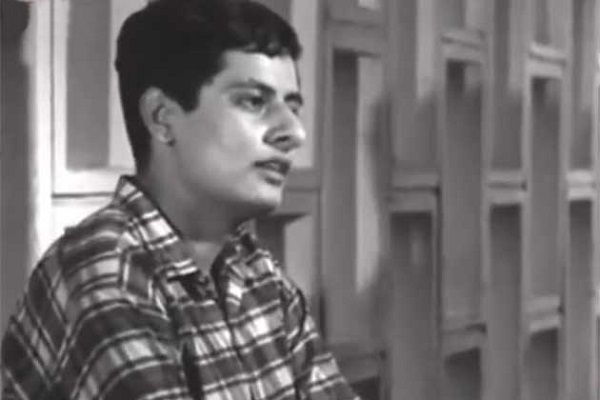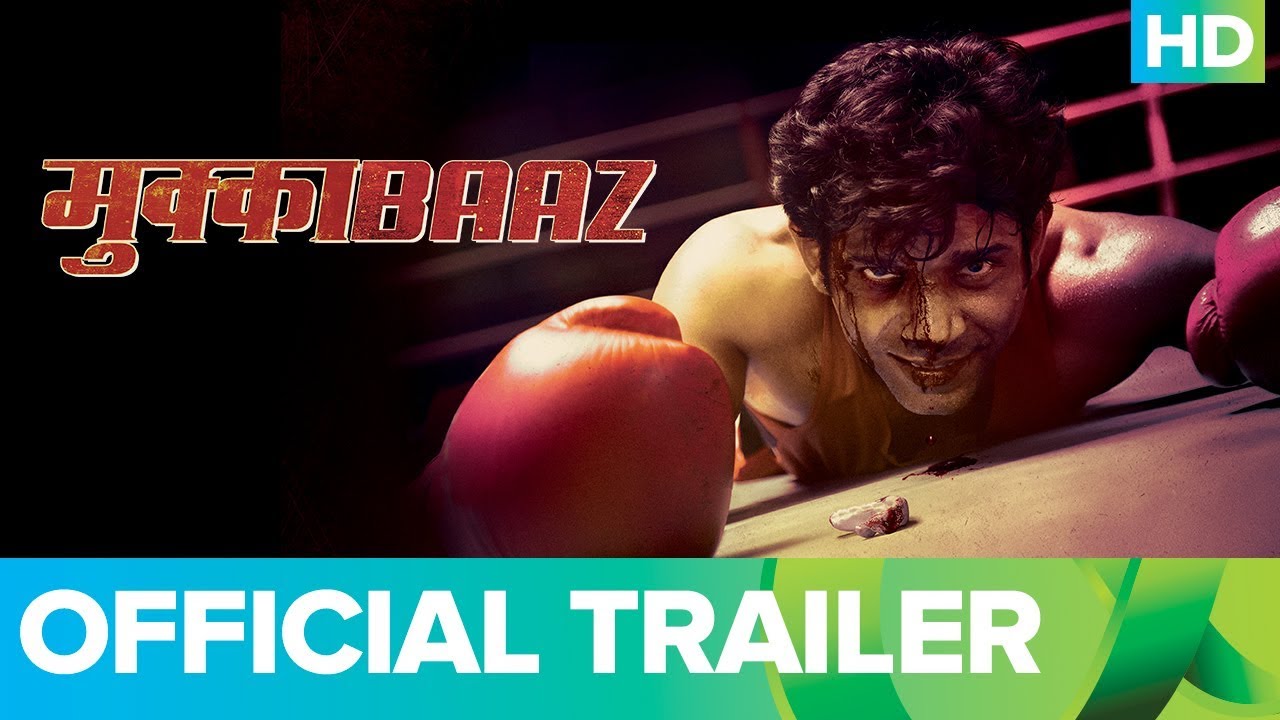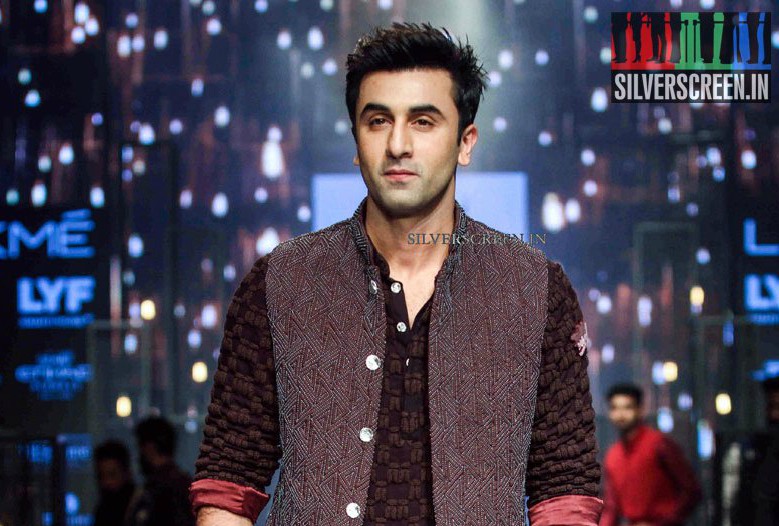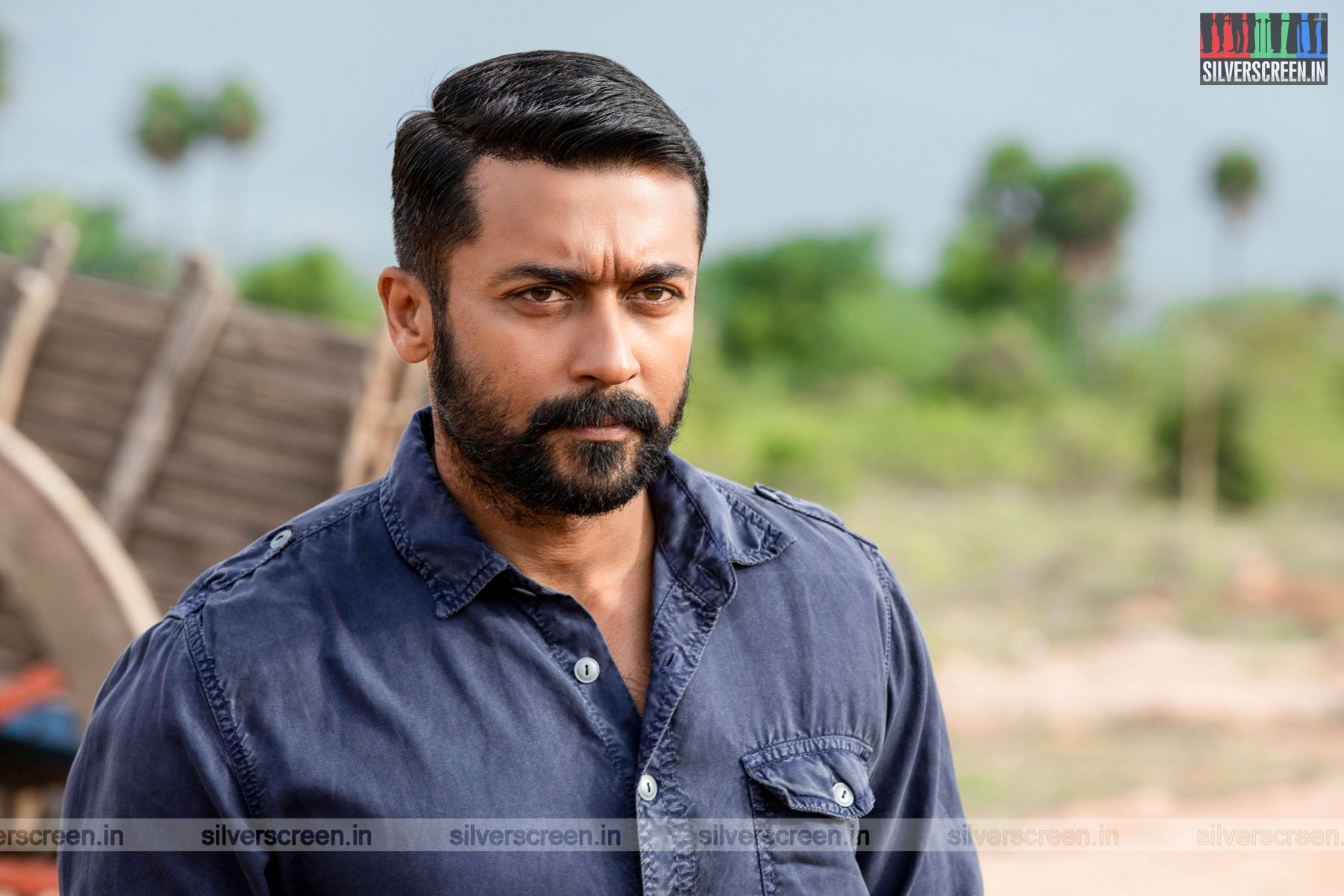This is part of the series where Silverscreen will recommend films, documentaries, shorts, songs or scenes from seminal films that make a compelling watch.
A young man, widely smiling and gently strumming a guitar, asks, “Whom shall I tell I have love for my country? Shall I go on the streets and tell everyone?” The year is 1967. The man in the frame, a 20-year-old, is disarmingly candid, as though there is no camera watching him, and unafraid.
I stumbled across I Am 20 while digging into YouTube’s Indian content which is dominated by millennial short films on love and heartbreak and comic sketches. The film is featured on the official YouTube channel of Film Division, the media production division of the Ministry Of Information And Broadcasting, which was established in 1948 “to articulate the energy of a newly independent nation.” The more recent content on the channel resembles adverts for the Indian government, made with little efforts and creativity, but the scenario seems to have been entirely different a couple of decades ago.
I Am 20, directed by SNS Sasthri and produced by Film Division, has a youthful charm that summarizes India in the 1960s as a country in the cusp of adulthood; ambitious and rebellious. It is one of the several prolific films that FD produced in the pre-millennium era when it collaborated with eminent filmmakers like Sasthri, Mani Kaul and Sukhdev. The film looks into the fabric of new India through the eyes of a generation, born in 1947, the year India attained Independence from colonial rule.
Sasthri conducts a series of interviews with the twinkle-eyed 20-year-old men and women from different parts of the country, from different social backgrounds, who gush about their dreams, aspirations and hopes for a future in India. Like how French filmmaker Jean Rouch does in his classic Chronicle Of A Summer (1960), Sasthri uses camera as a catalyst to mix private and public, and gets the interviewees to interact candidly. The visuals are cut interestingly, juxtaposing the youngsters confessing their concerns, angst and hopes, with the big picture of a nation struggling to move ahead – visuals of farmers on agricultural land, factories, moving trains and crowded platforms, stylishly dressed men and women on the streets of Indian cities, malnourished people in the countryside… Incidentally, the film was made in the same year, 1967, as Naxalbari movement broke out from West Bengal’s villages, when youngsters in large numbers joined the peasants who took up arms against the government.
One of the interviewees, a young man from Tamil Nadu seated at a table on which books on science lay scattered, speaks in impeccable English of his ambition to travel far and wide in the country with a notebook, a tape recorder and a camera, to get familiar with the nuances of the country he is a part of. The youngsters are divided about the idea of patriotism. A junior pilot in the Indian Army is visibly shocked when the interviewer asks him whether he loves his country. “How is this even a question! Of course, I love my country,” he says. The camera cuts to another young man who gleefully admits to have no patriotic feelings. A woman says the name India reminds her of the long exhaustive queues that she sees everywhere in the city. A young man admits that he feels unhappy when he sees that all these industries are built at the cost of agriculture, while a woman talks about sexual harassment. A man, driving tractor on a farmland in Punjab, says nonchalantly that he doesn’t know who the country’s President or Prime Minister was, while a man speaks confidently of his ambition to enter administrative service and to live a comfortable life as a diplomat.
Watching I Am 20 in 2018 is a strange experience. It says how much India’s political and social scenario hasn’t changed over the last 51 years. If in 1967, the government used art as a medium to self-evaluate, decades down the line, there is an aggressive censorship in place aimed at inculcating nationalism and patriotism. Over five decades down the line, I Am 20 is more relevant than ever, urging us from across the time to make art freely, without fear, and use it to introspect and understand oneself better.
***
Also read:
The Timelessness Of Onnu Muthal Poojyam Vare
‘Before My Eyes’, Mani Kaul’s Ode To Kashmir



